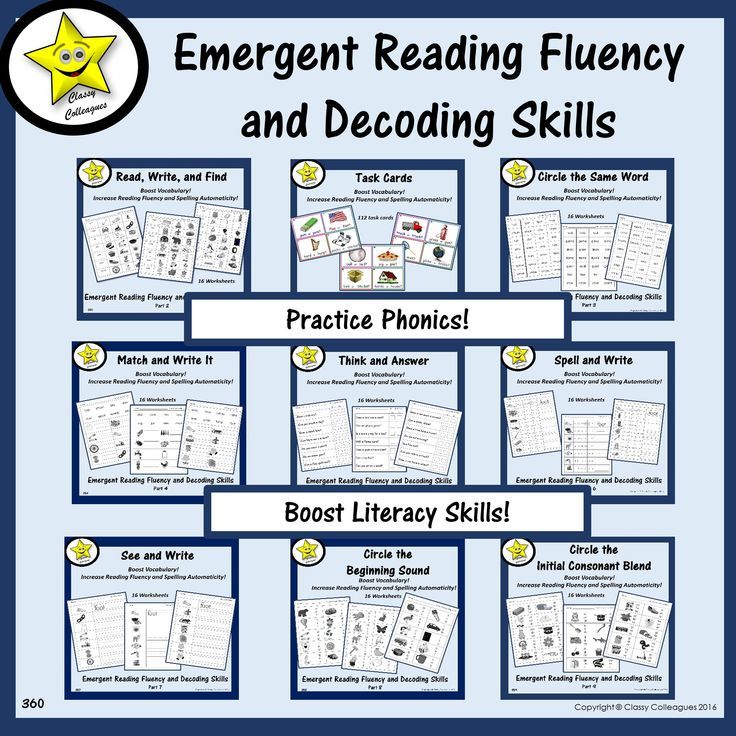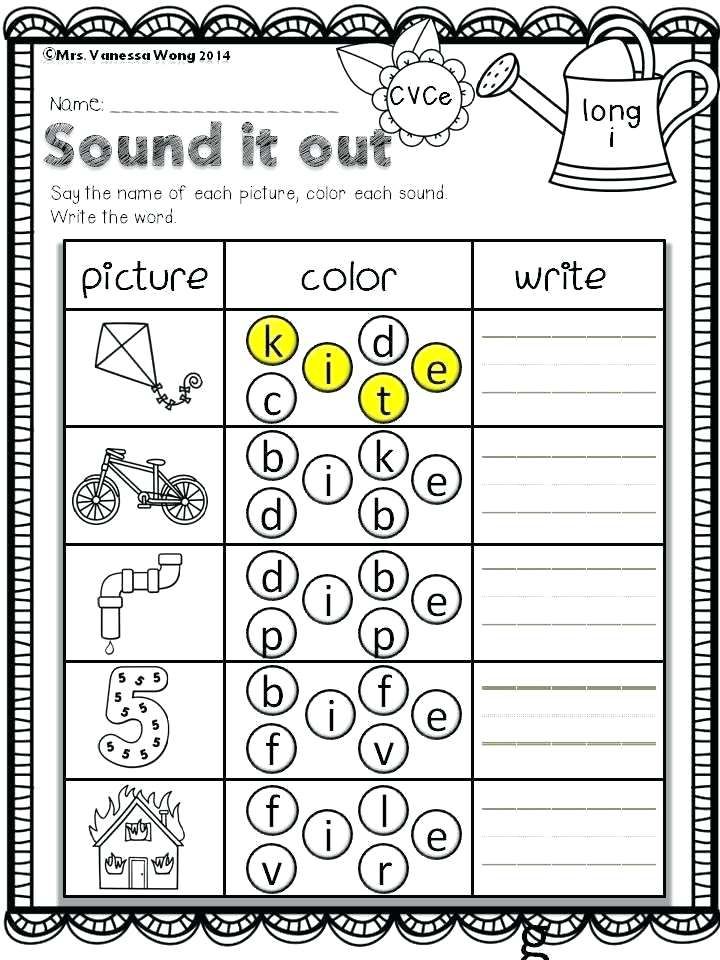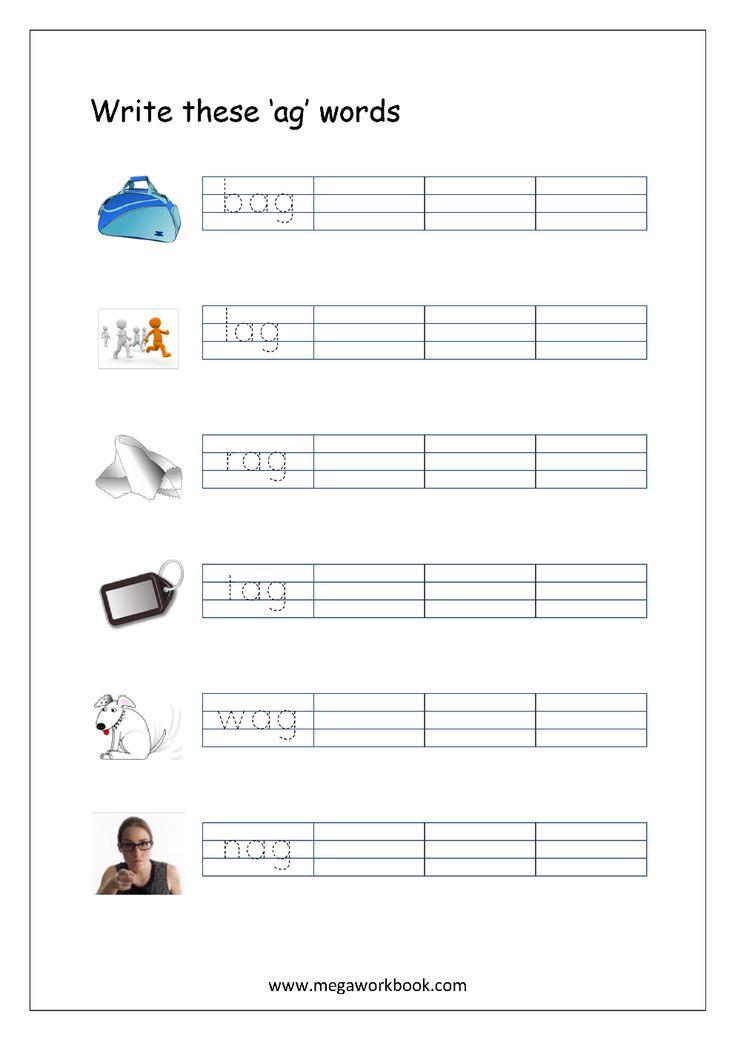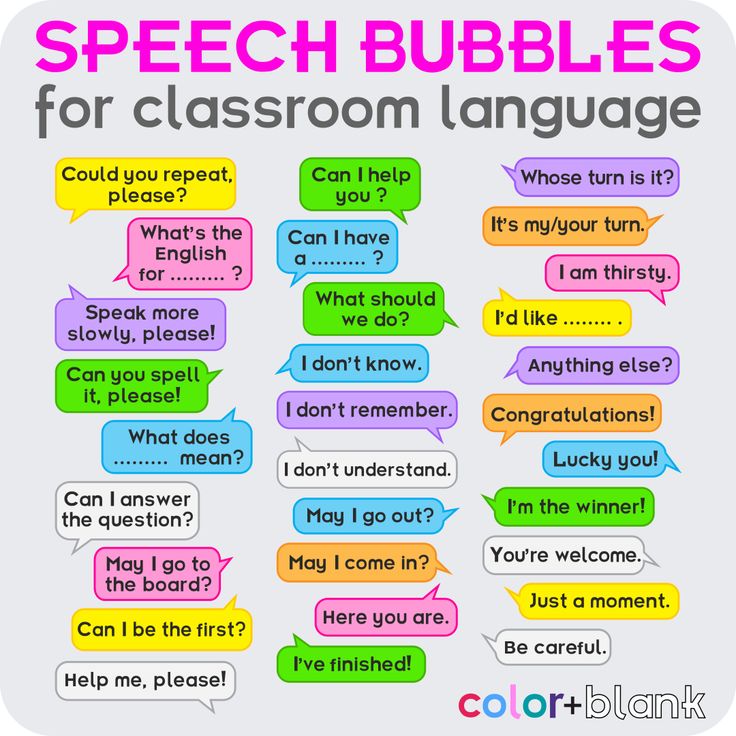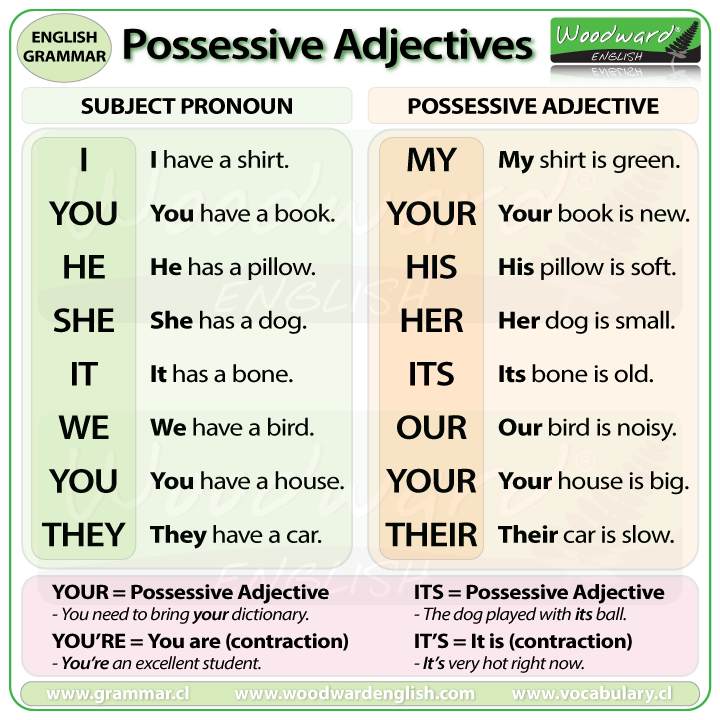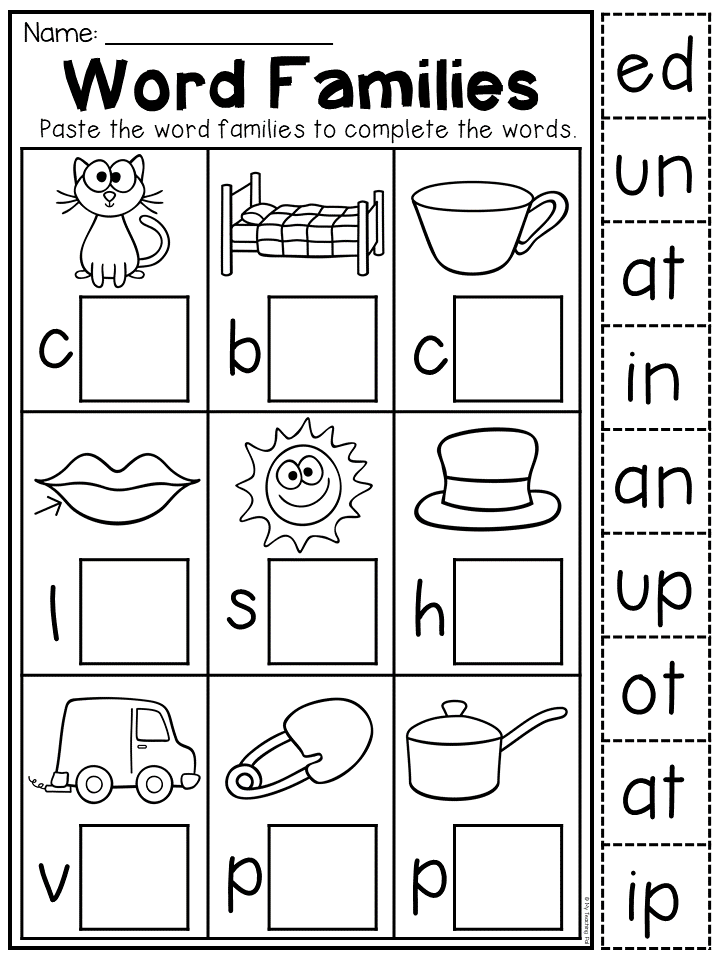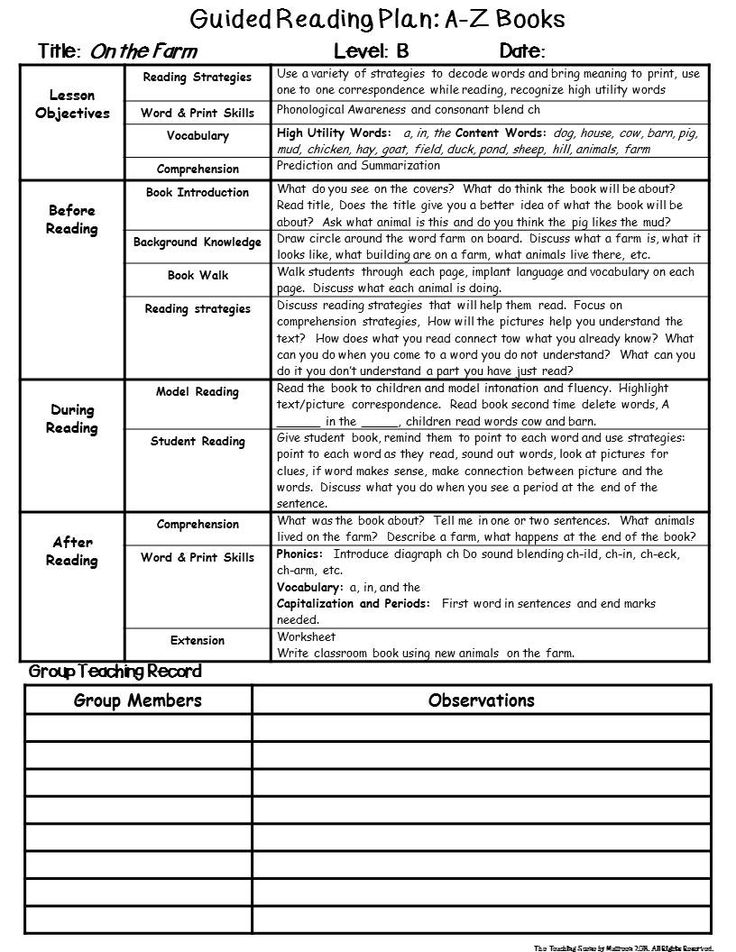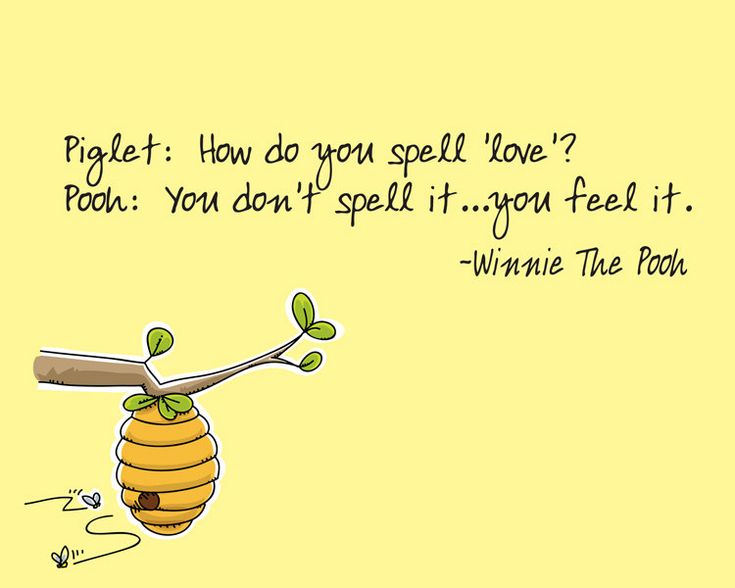Emergent writing skills
Emergent Writing | ECLKC
Emergent Writing
Narrator: Welcome to this presentation of the 15-minute In-Service Suite on Emergent Writing. This presentation describes what emergent writing looks like in young children and shares practical ways that you can begin to support emergent writing at home and in early childhood programs.
The framework for effective practice, or house framework, helps us think about the elements needed to support children's preparation and readiness for school. The elements are the foundation, the pillars, and the roof. When connected to one another, they form a single structure that surrounds the family in the center, because as we implement each component of the house in partnership with parents and families, we foster children's learning and development.
Implementing research-based curricula and effective teaching practices helps support children as they develop the skills necessary to engage in emergent writing. This presentation on emergent writing is one in a series of modules designed to help adults support young children as they learn positive behaviors, develop skills in STEAM, math, and writing, and engage in dramatic play.
Learning to write goes beyond the process of proper spelling and grammar. Writing is a means of written communication that can be understood by others because it follows a particular set of shared rules. Children as young as 2 years begin to understand that text has meaning and can be used to express ideas, feelings, and stories. Emergent writing is children's earliest attempt at written communication.
In its earliest stages, writing looks like scribbling and drawing and eventually begins to include letters of the alphabet, invented spelling, conventional spelling, and basic grammar. Most children go through predictable key stages on the path to emergent writing. However, as with nearly all areas of child development, children progress at different paces and may often display skills across multiple stages at the same time.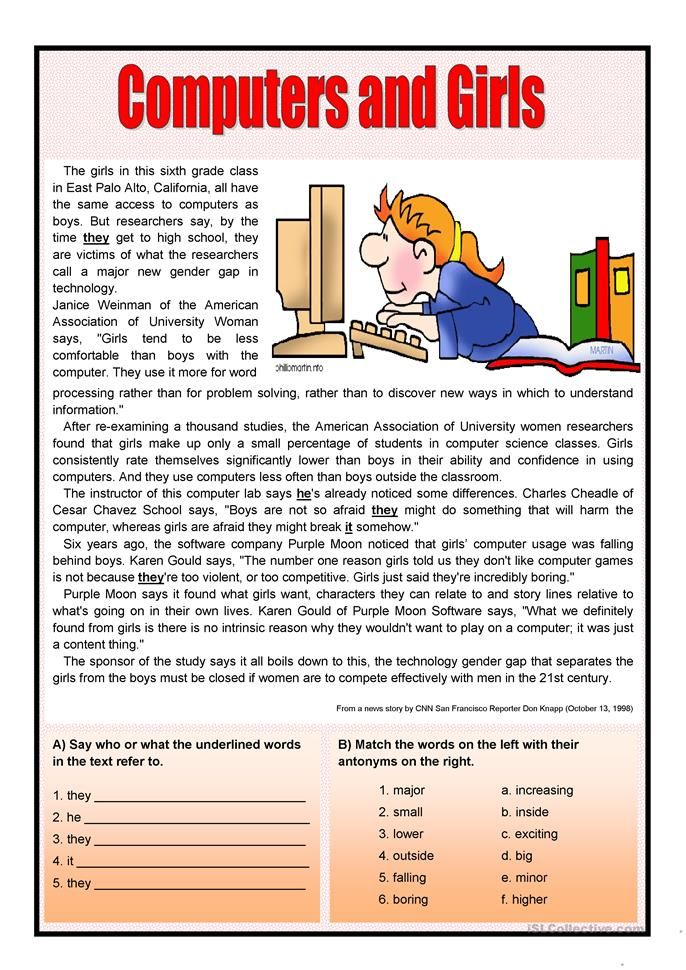 Thus, the stages we present here are guidelines for teachers and home visitors to support individual children's efforts to communicate in writing and develop their skills.
Thus, the stages we present here are guidelines for teachers and home visitors to support individual children's efforts to communicate in writing and develop their skills.
In the earliest stages of writing development, children's writing does not include the intentional use of letters, but instead resembles scribbling or drawings. At first, children make random marks and attach no meaning to them, but later, the child intends the marks to be writing that conveys a message.
You can support the earliest stages of writing by providing children with a variety of writing materials and implements and encouraging their use. Don't be afraid to let children explore making different kinds of marks on paper, or other writing surfaces.
If your children can talk, be sure to ask them questions about their drawing and model writing skills by writing down what children say under their picture. Equally important is revisiting their drawings and what they said about their drawings the next day.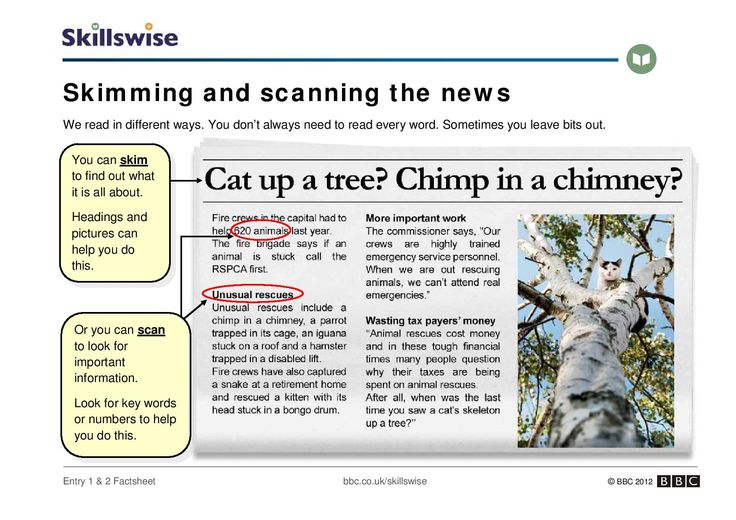 This helps instill the idea that writing is read the same way each time and its meaning doesn't change.
This helps instill the idea that writing is read the same way each time and its meaning doesn't change.
In the middle stages of writing development, children begin to understand that there are rules to writing that are unique to their home language. These rules include using letters, symbols, and characters and following the directional order of writing, such as top to bottom and left to right. During this stage, children write their names but may not yet make the connection between the letters they write and their specific letter sound.
In the late stages of writing development, which may emerge in the late preschool years, children intentionally use letters to represent particular phonetic sounds. We often refer to this as "invented spelling" because it's based on what the child hears. Eventually, the child learns conventional spelling, including the irregularities in words, such as silent "Es" at the end of words like "cake." They also begin to write short phrases and begin to follow grammatical rules, such as using punctuation and starting sentences with uppercase letters.
Supporting the middle and later stages of writing usually begins by helping children write their names. This experience helps children to learn that strings of letters have meaning, a purpose, and are associated with particular sounds.
Teachers and other staff, as well as family members, can also serve as intentional writing models throughout the day, carefully pointing out the process of writing or practicing sounding out or spelling a word. Importantly, teachers and parents can provide authentic opportunities for peer scaffolded and independent writing across the day.
We can support the emergent writing of all children by first remembering that we're supporting a process, not an outcome. This process supports a child's school readiness, since writing skills develop across the primary school years and beyond. It's important to take the time to identify if a child is in the beginning, middle, or later stages of writing, in order to provide the proper support and learning experiences to help them develop in this area. Having a sense of what stage of writing a child is in will help you to anticipate potential problems with writing, as well as what you can do to help children grow and develop.
Having a sense of what stage of writing a child is in will help you to anticipate potential problems with writing, as well as what you can do to help children grow and develop.
We hope you have new ideas to expand on the ways teachers can create environments and activities to support emergent writing skills. For more information and more ideas, see the complete 15-minute Suite on emergent writing and take a look at our tips and tools and helpful resources.
Close
Stages of Emergent Writing | Thoughtful Learning K-12
Emergent writers discover many ways to send written messages. The writing samples on this page demonstrate different kinds of writing evident in a kindergarten classroom. Each sample demonstrates one or more of the qualities of effective writing.
Drawing and Imitative Writing
The child writes a message with scribbling that imitates “grown-up” writing. It shows individuality and an attempt to communicate with others.
Copying Words
The child copies words from handy resources like books, posters, and word walls. The writing makes sense and shows knowledge of letter formation and the concept of words.
Drawing and Strings of Letters
The child writes with random letters to convey a message. The letters are formed well, but have no relationship to sounds. The writer is aware that print and art convey meaning.
Early Phonetic Writing
The child writes words using letters (mostly consonants) to represent words and sounds. The writing shows individuality, focuses on a topic, and makes sense.
Phonetic Writing
The child writes words using letters to represent each sound that is heard. The words make sense and may be used for writing longer texts.
Conventional/Some Phonetic Writing
The child focuses on a topic and uses close-to-correct copy. The writing demonstrates an emerging voice.
Drawing and Imitative Writing
In this type of early writing, the child writes a message or shares ideas with others through drawings and imitative writing.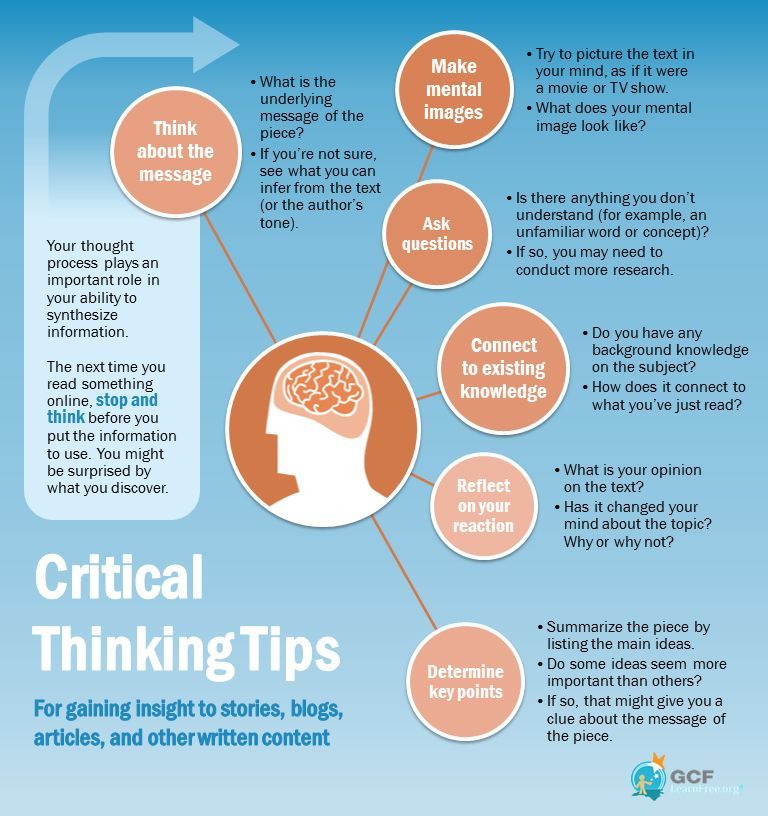 Scribbling and random letters are often considered to be an imitation of “grown-up” writing.
Scribbling and random letters are often considered to be an imitation of “grown-up” writing.
The first example here shows individuality. Notice the use of made-up letters to imitate writing.
The second example shows an attempt at appropriate formation of letters and words.
Copying Words
In this type of early writing, the child copies words from handy resources like books, posters, and word walls. The writer may or may not be aware of the meaning of the words.
The first sample here shows the child’s ability to use art, form letters, and copy a title from a book. The writing focuses on the topic “My Favorite Story.”
In the second sample, the writer copies a string of unrelated words for the topic “Fishy Words.” The writing shows a beginning use of words and formation of letters.
Drawing and Strings of Letters
In this type of early writing, the child writes with random letters but has a definite message to convey. The letters often have no relationship to conventional letter sounds or spelling. (Sometimes a teacher or scribe translates the message into conventional form.)
(Sometimes a teacher or scribe translates the message into conventional form.)
The writer of the first sample translates her string of letters as “playing with my baby sister.” Through art, the child focuses on the topic. A beginning ability to form letters is shown.
According to the writer of the second sample, the title is “Riding My Bike.” An early attempt at forming letters is shown. The illustration supplies some of the meaning.
Early Phonetic Writing
In this type of early writing, the child writes connected letters (mostly consonants) to represent words. Sometimes the sound of the letter itself is used for a word; for example, “r” is the word are.
This writing translates as follows: “I ask my dad if he will call a playmate for me.” The writing focuses on a topic and shows an early attempt at writing a sentence.
In this sample, symbols and consonant sounds are used to show that the writer loves her dollhouse. This writing displays individuality, an early example of voice.
Phonetic Writing
In this type of early writing, the child writes words using letters to represent each sound that is heard. Consonants and vowels are used. Some punctuation may also be used.
This writing focuses on a topic and makes sense. The writer shows an awareness of consonant and vowel sounds and uses words and sentences. The art complements the writing.
The writer of this sample uses both consonants and vowels to spell words and write a sentence. The art carries details and demonstrates an emerging voice.
Conventional/Some Phonetic Writing
In this type of writing, the child increasingly writes with conventional spellings and structures. Formation of letters is also more conventional.
This writer focuses on a topic and shows individuality. The writing uses words and sentences appropriately.
The writer’s message makes sense and shows an understanding of the friendly letter. The writing exhibits the appropriate use of words and sentences.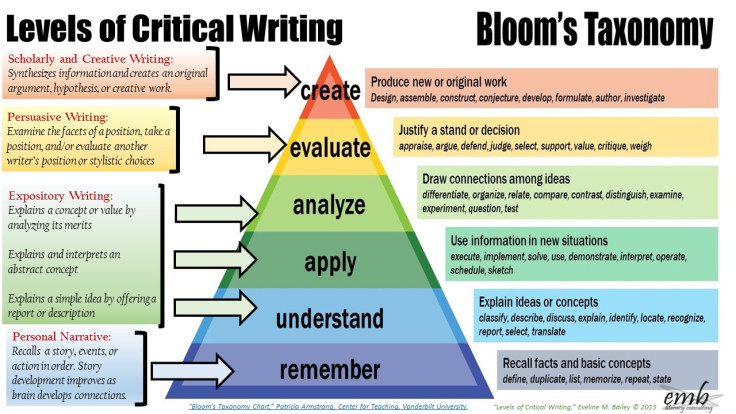
Improving writing skills - the role of grammar - NovaInfo 120
- Zhalolova K.S.
Uzbek State University of World Languages
- Akhmedova N.D.
Uzbek State University of World Languages
Published
Language: Russian
CC: 40
CC: 40
CC: 40
CC: 40
CC BY-NC
Abstract
Research strongly suggests that the most helpful way to help students improve their writing grammar skills is to use students' written language as the basis for discussing grammatical concepts.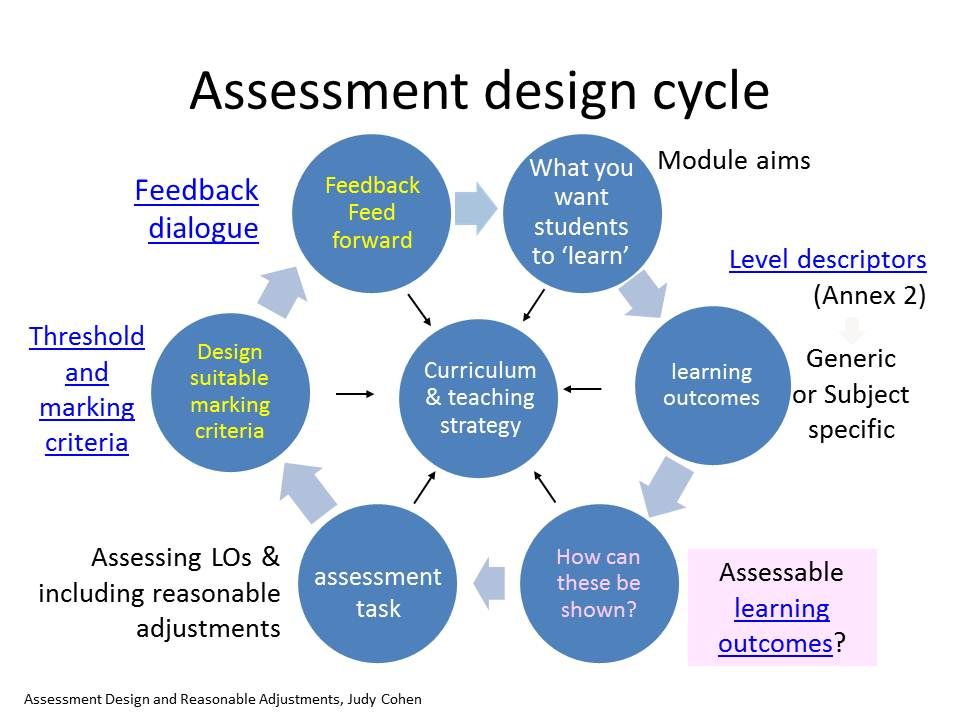 Researchers agree that it is more effective to teach punctuation, sentence variety, and how to use them in a writing context than to approach a topic by teaching individual skills. Effective grammar teaching starts with what students already know about grammar and helps them use that knowledge in the writing process. By connecting their knowledge of speaking with writing, teachers can demystify abstract grammatical terminology so students can write—and read—with greater competence and confidence. Since writing is a complex and difficult activity for many students, teachers should focus on the grammatical concepts that are necessary to convey meaning clearly. The work is aimed at teaching students grammatical concepts to improve writing skills.
Researchers agree that it is more effective to teach punctuation, sentence variety, and how to use them in a writing context than to approach a topic by teaching individual skills. Effective grammar teaching starts with what students already know about grammar and helps them use that knowledge in the writing process. By connecting their knowledge of speaking with writing, teachers can demystify abstract grammatical terminology so students can write—and read—with greater competence and confidence. Since writing is a complex and difficult activity for many students, teachers should focus on the grammatical concepts that are necessary to convey meaning clearly. The work is aimed at teaching students grammatical concepts to improve writing skills.
Keywords
The contribution of grammar to improving writing skills, writing skills, written speech, the role of grammar, studying the language
,The text of scientific work
Introduction
Grammar forms a complete combination of words and meaning of any language. Each language has its own grammar. Native speakers of any language can communicate with each other because they subconsciously know the sentence structure and grammar of that language. English speakers also know it the same way. They understand different words in different contexts and follow basic grammar rules to put together different words and make meaningful sentences. However, while students learning any foreign language, including English, can be proficient in that language, they should be taught good grammar skills in order to become good writers. This article goes to great lengths to emphasize the importance of grammar and to convey the data of grammatical concepts from spoken to written language. Grammar knowledge helps students apply their skills to improve their writing skills, which distinguishes students from other students and instills a spirit of competition and self-confidence in the peer group.
Each language has its own grammar. Native speakers of any language can communicate with each other because they subconsciously know the sentence structure and grammar of that language. English speakers also know it the same way. They understand different words in different contexts and follow basic grammar rules to put together different words and make meaningful sentences. However, while students learning any foreign language, including English, can be proficient in that language, they should be taught good grammar skills in order to become good writers. This article goes to great lengths to emphasize the importance of grammar and to convey the data of grammatical concepts from spoken to written language. Grammar knowledge helps students apply their skills to improve their writing skills, which distinguishes students from other students and instills a spirit of competition and self-confidence in the peer group.
Writing skills play an important role in effective and elegant language learning.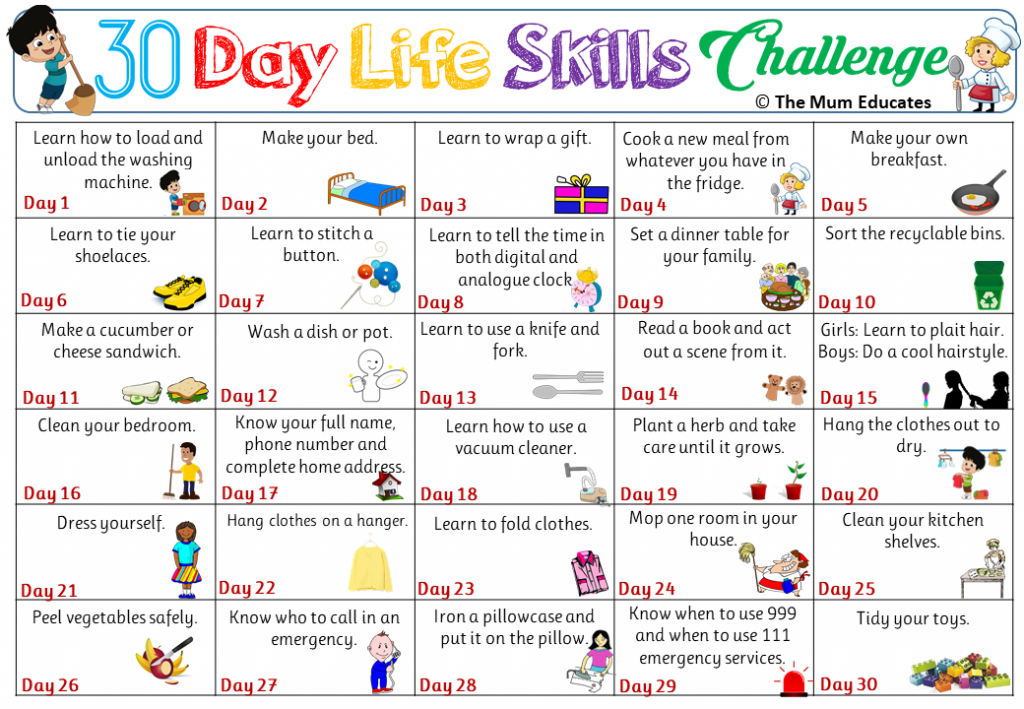 Writing skills are difficult to stick to and practice. Writing skills can be developed by using the correct language and grammar constructions, using words correctly. Writing skills are a bit of a difficult process to master compared to the other three skills. It is always very important for professionals to communicate in writing. To achieve good writing skills, you need to be good at grammar. Let's try to understand the importance of learning grammar for developing good writing skills.
Writing skills are difficult to stick to and practice. Writing skills can be developed by using the correct language and grammar constructions, using words correctly. Writing skills are a bit of a difficult process to master compared to the other three skills. It is always very important for professionals to communicate in writing. To achieve good writing skills, you need to be good at grammar. Let's try to understand the importance of learning grammar for developing good writing skills.
What is grammar?
Grammar means rules about how to speak and write in a language. The ancient Greeks called it grammatikē tékhnē, the craft of writing. It can have any of the following values:
- language learning;
- study of sentence structure;
- a system that people learn as they grow up.
When we speak, we use native speaker grammar or as close to it as possible. When we write, we try to write with correct grammar. So, each of the speakers and writers has his own style.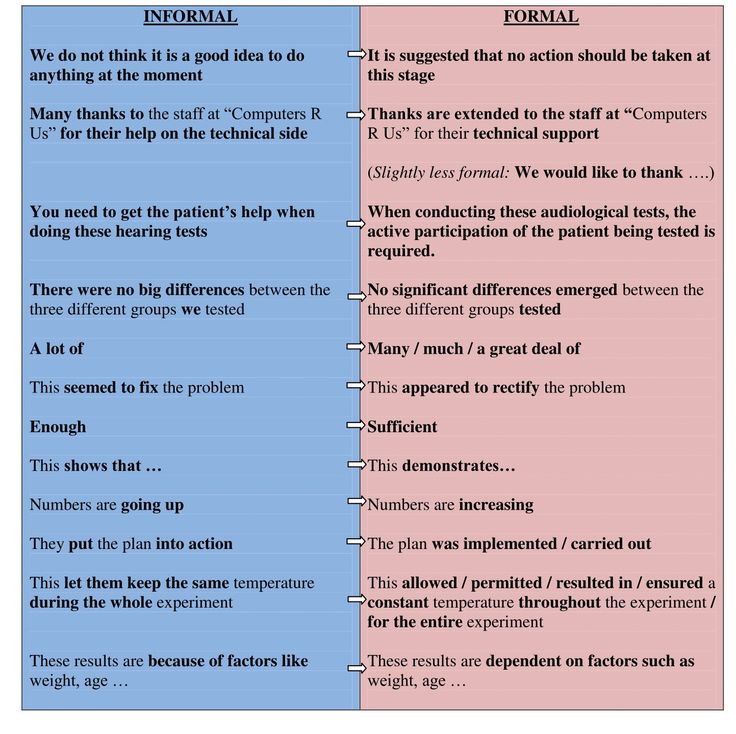 Research strongly recommends that the most beneficial method of helping students progress in their knowledge of grammar in writing is to use students' written language as a source for discussing grammatical ideas. Most researchers agree that it is more effective to explain punctuation, sentence variety, and their use in a writing context than to apply exceptional skills teaching methodology. As students begin to write, the teacher can begin to correct difficulties in sentence structure and usage. To do this, a teacher watching his/her students write some sentences that may contain incorrect transformers can make a small presentation on this topic. The teacher can use examples from students' written concepts. The teacher can then ask the students to correct themselves. The use of this process of teaching and correcting students' writings will in itself give the students confidence that they will write more and more innovatively and consciously learn to write on their own.
Research strongly recommends that the most beneficial method of helping students progress in their knowledge of grammar in writing is to use students' written language as a source for discussing grammatical ideas. Most researchers agree that it is more effective to explain punctuation, sentence variety, and their use in a writing context than to apply exceptional skills teaching methodology. As students begin to write, the teacher can begin to correct difficulties in sentence structure and usage. To do this, a teacher watching his/her students write some sentences that may contain incorrect transformers can make a small presentation on this topic. The teacher can use examples from students' written concepts. The teacher can then ask the students to correct themselves. The use of this process of teaching and correcting students' writings will in itself give the students confidence that they will write more and more innovatively and consciously learn to write on their own.
The contribution of grammar to improving writing skills
Obviously, writing is a challenging and interesting activity for many students. Thus, teachers should focus on the basic grammatical topics that are necessary for a clear articulation of meaning. Beverly Ann Chin, professor of English at the University of Montana, states that research since the early 1960s has shown that teaching grammar apart from teaching writing does not improve students' written competence (Braddock and others, 1963; Hillocks, 1986). In addition, she notes that research shows that the transfer of formal grammar instructions to writing does not apply to larger compositional elements. Examining the written language of students in detail, Shaughnessy (1977) concludes that the best instruction in grammar is the one that gives the greatest return with the least amount of time. She also emphasizes four important grammatical concepts: sentence, inflection, tense, and agreement. She recommends that teachers encourage students to check for grammatical errors in their own writing. She also cautions teachers not to put too much emphasis on grammatical terminology so as not to harm students' ability to recognize and connect ideas.
Thus, teachers should focus on the basic grammatical topics that are necessary for a clear articulation of meaning. Beverly Ann Chin, professor of English at the University of Montana, states that research since the early 1960s has shown that teaching grammar apart from teaching writing does not improve students' written competence (Braddock and others, 1963; Hillocks, 1986). In addition, she notes that research shows that the transfer of formal grammar instructions to writing does not apply to larger compositional elements. Examining the written language of students in detail, Shaughnessy (1977) concludes that the best instruction in grammar is the one that gives the greatest return with the least amount of time. She also emphasizes four important grammatical concepts: sentence, inflection, tense, and agreement. She recommends that teachers encourage students to check for grammatical errors in their own writing. She also cautions teachers not to put too much emphasis on grammatical terminology so as not to harm students' ability to recognize and connect ideas.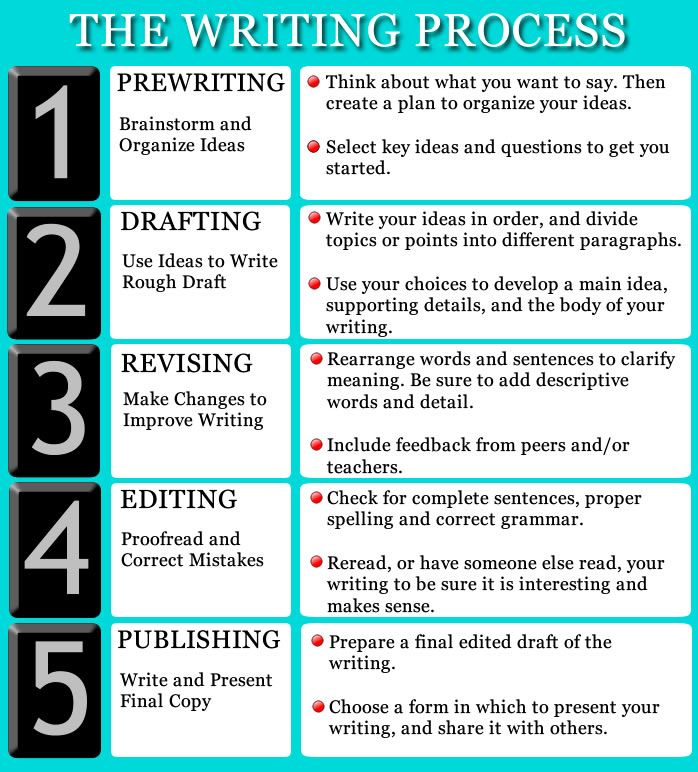
Similarly, simple approaches can be taken to improve student writing. Concepts such as parts of speech, sentence structure, sentence types, subject-verb agreement, sentences, phrases, sentence transformation can help students improve their writing. These grammar topics should not be limited to theoretical foundations, but should also encourage students to formulate them to improve their writing practice. Instead of discarding all grammar theories, students should be given simpler and simpler ideas for effective writing. Teachers can focus more on sentence-based exercises, give a few hints, and ask them to write a short story using the grammar rules they have already been taught. By participating in oral and written sentence-linking exercises, students gain a better understanding of how sentence structure, usage, and punctuation affect meaning.
After learning the grammar rules, students should concentrate on making sentences as clear and concise as possible. Analogies and one-word substitutions play an important role here. Sometimes sentences or messages can be too long or complex for others to understand where in the same sentence can be interpreted differently. In this context, analogies and one-word substitutions may be more helpful. Students can be taught to replace with one word to become effective writers.
Sometimes sentences or messages can be too long or complex for others to understand where in the same sentence can be interpreted differently. In this context, analogies and one-word substitutions may be more helpful. Students can be taught to replace with one word to become effective writers.
In our undergraduate class, we follow the following basic grammar training process to improve writing skills. We challenge students to understand and apply writing strategies using basic and advanced grammar concepts wherever needed.
Students must understand the concept of writing. They are taught the basic rules of grammar. We define topic sentences and teach students about sequencing strategies. Students are taught formal and informal types of written communication and are shown a synthesis of notes and notes.
Grammar is taught theoretically to students. It does not help the student to use these rules during conversation or practice. They should be given more and more practice in doing the exercises and even in practice. This will help them understand the use of the right word in the right situation. So, when teaching the rules of grammar, the teacher can use two approaches, namely the deductive approach and the inductive approach. The deductive approach is learning through rules. The teacher first establishes the rule and then gives the student examples to help him learn the rules of grammar. On the other hand, the inductive approach involves learning by example. Students are given several examples from which the rule is derived.
This will help them understand the use of the right word in the right situation. So, when teaching the rules of grammar, the teacher can use two approaches, namely the deductive approach and the inductive approach. The deductive approach is learning through rules. The teacher first establishes the rule and then gives the student examples to help him learn the rules of grammar. On the other hand, the inductive approach involves learning by example. Students are given several examples from which the rule is derived.
Conclusion
The document emphasizes the importance of grammar for effective communication and argues for the importance of the same at all levels of education. He confirmed that grammar should not be left behind, as it is very important for effective communication. He emphasized that the best approach should be taken, taking into account the needs of the students.
See also
References
- Braddock, R.
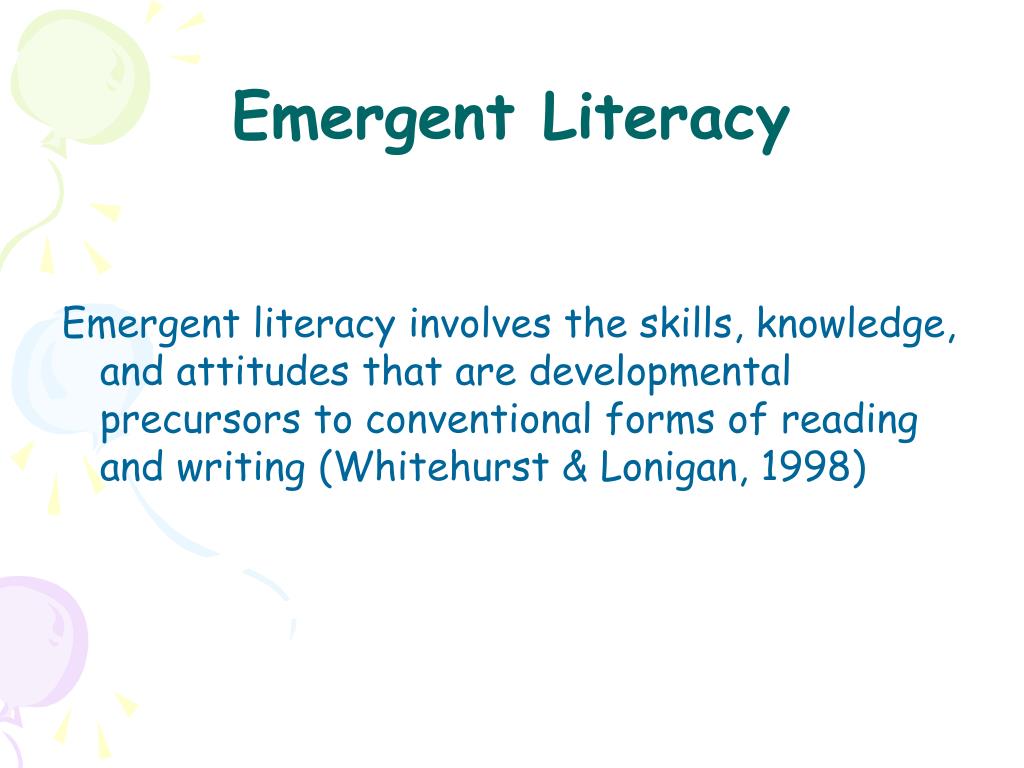 , Lloyd-Jones, R., & Schoer, L. (1963). Research in Written Composition. Urbana, IL: National Council of Teachers of English.
, Lloyd-Jones, R., & Schoer, L. (1963). Research in Written Composition. Urbana, IL: National Council of Teachers of English. - Calkins, L. M. (1980). “When Children Want to Punctuate.” Language Arts, 57, 567Ð73.
- Cooper, C. (1975). “Research Roundup: Oral and Written Composition.” English Journal, 64, 72.
- DiStefano, P. & Killion, J. (1984). “Assessing Writing Skills Through a Process Approach.” English Education, 16(4), 203Ð7.
- Hillocks, G., Jr. (1986). “Research on Written Composition: New Directions for Teaching.” Urbana, IL: ERIC Clearinghouse on Reading and Communication Skills and the National Conference on Research in English.
Quote
Zhalolova, K.S. Improving writing skills - the role of grammar / K.S. Zhalolova, N.D. Akhmedov. - Text: electronic // NovaInfo, 2020. - No. 120. - P. 64-66. — URL: https://novainfo.ru/article/18110 (date of access: 12/16/2022).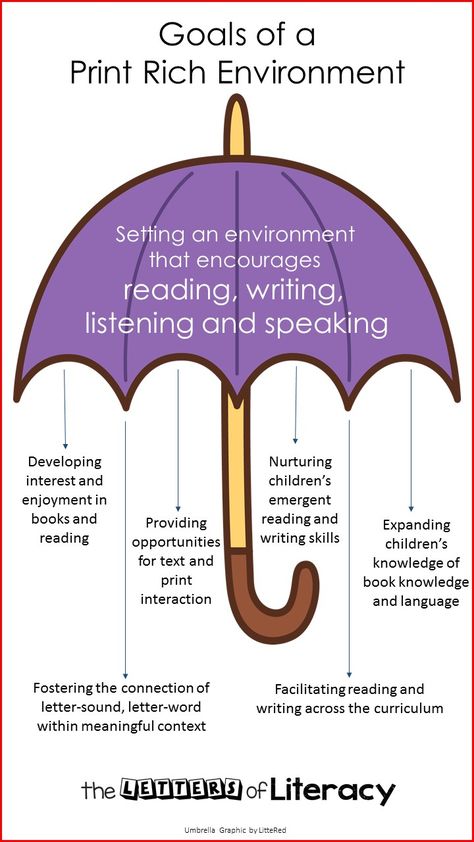
Share
Why you need English writing skills and how to improve them
“Writing, learning and thinking are one and the same process,” said the famous American writer William Zinsser. But what about learning English? Everything is simple. Writing is an essential part of learning English. When we learn new words or phrases, we make sure to write them down in order to remember how they visually look and what letters they consist of.
It is thanks to writing down that words and phrases remain in memory for a long time, as well as grammar rules, by the way. In addition, in our life there are various situations when you need to make at least a few sentences correctly. It is simply impossible to avoid the letter! That is why writing in a foreign language is just as important as developing the ability to read, listen to a foreign language and speak it.
Today we would like to give some recommendations on how to improve your writing skills in English.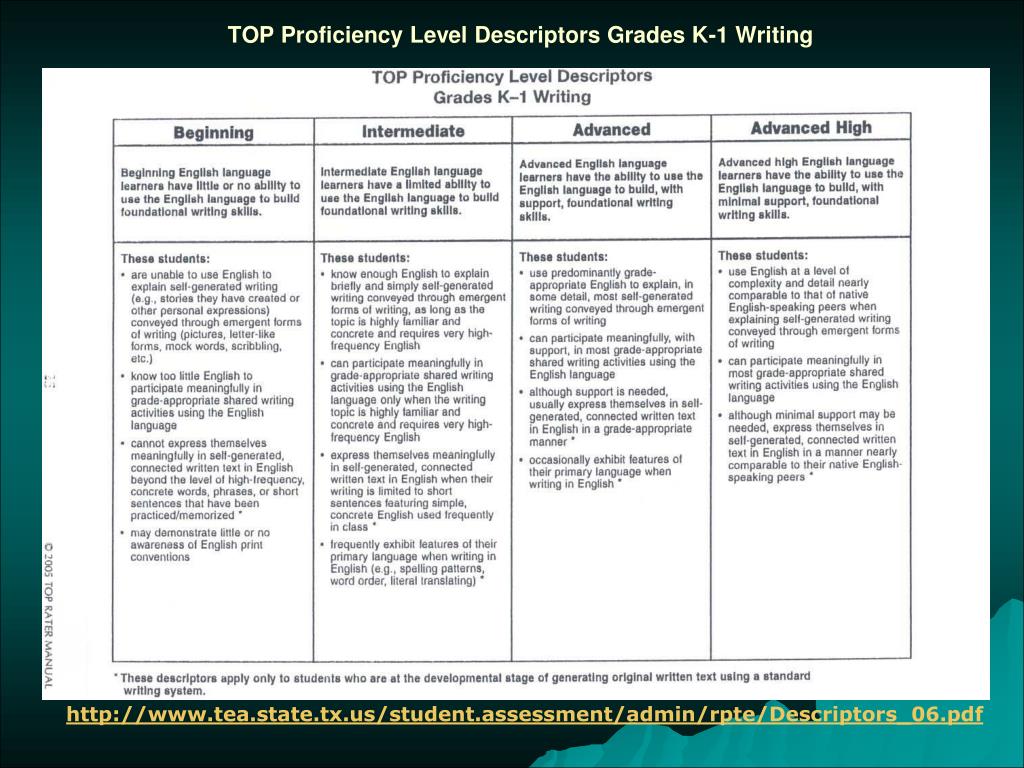
Practice regularly
It is very important to write in English regularly. This will not only improve the writing skills themselves, but also develop a new good habit. You can even start with a simple rewriting of your favorite notes and articles. Gradually complicate tasks, learn to write summaries and essays, create topics on English-language forums.
Expand your vocabulary
Words are the basis of any written text. The larger your personal vocabulary, the more accurate and varied you can express your thoughts, which means that your text will be more interesting. Do not forget to learn new words and use them immediately in writing. Even writing down phrases of two or three words will help you remember vocabulary better than just reading it separately. Try to pay attention to the following points:
Use synonyms
Synonyms serve several purposes. They help to avoid repeating the same words, and also allow you to express your thoughts more accurately and vividly. Agree that there is a difference between the phrases big house (big house) and huge house (huge house). Use synonym dictionaries, if possible, replace good with fine , great , wonderful , awesome , and instead of I think try I assume , I believe .
Agree that there is a difference between the phrases big house (big house) and huge house (huge house). Use synonym dictionaries, if possible, replace good with fine , great , wonderful , awesome , and instead of I think try I assume , I believe .
Use idioms and phrasal verbs
A variety of speech patterns will help you convey your idea more colorfully. Compare sentences “This car is expensive” (This car is expensive) and “This car costs an arm and a leg” (This car costs a fortune). The second sentence looks more expressive. As for phrasal verbs, they will help bring your speech closer to that of native speakers.
Remember, however, that official letters should refrain from excessive use of idioms and phrasal verbs.
Don't be afraid to make mistakes
No writing process is complete without mistakes.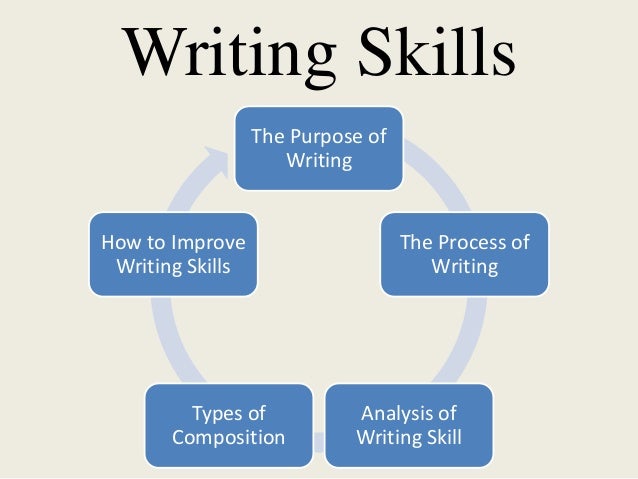 Sometimes students are so afraid of making a mistake that they do not dare to write the text at all. In the end, they just end up in a dead end. We advise you not to worry about mistakes. Write in the way that your skills allow at the moment. Check the written text, try to see all the mistakes made. This way you can fix them later. And if you don’t know how to fix the mistake, then it’s time to repeat the grammar.
Sometimes students are so afraid of making a mistake that they do not dare to write the text at all. In the end, they just end up in a dead end. We advise you not to worry about mistakes. Write in the way that your skills allow at the moment. Check the written text, try to see all the mistakes made. This way you can fix them later. And if you don’t know how to fix the mistake, then it’s time to repeat the grammar.
Work on spelling
There are many words in English that are similar in spelling but very different in meaning, for example, bear (bear) and bare (barefoot), show (show) and shove ( push), green (green) and grin (grin, big smile), etc. In oral speech, the meaning of such words can be understood from the context, but mistakes in their spelling can lead to curiosity or distortion of meaning. Pay attention to it.
Check your texts for punctuation
“You can't be pardoned” is a well-known Russian phrase about the importance of the location of the comma.